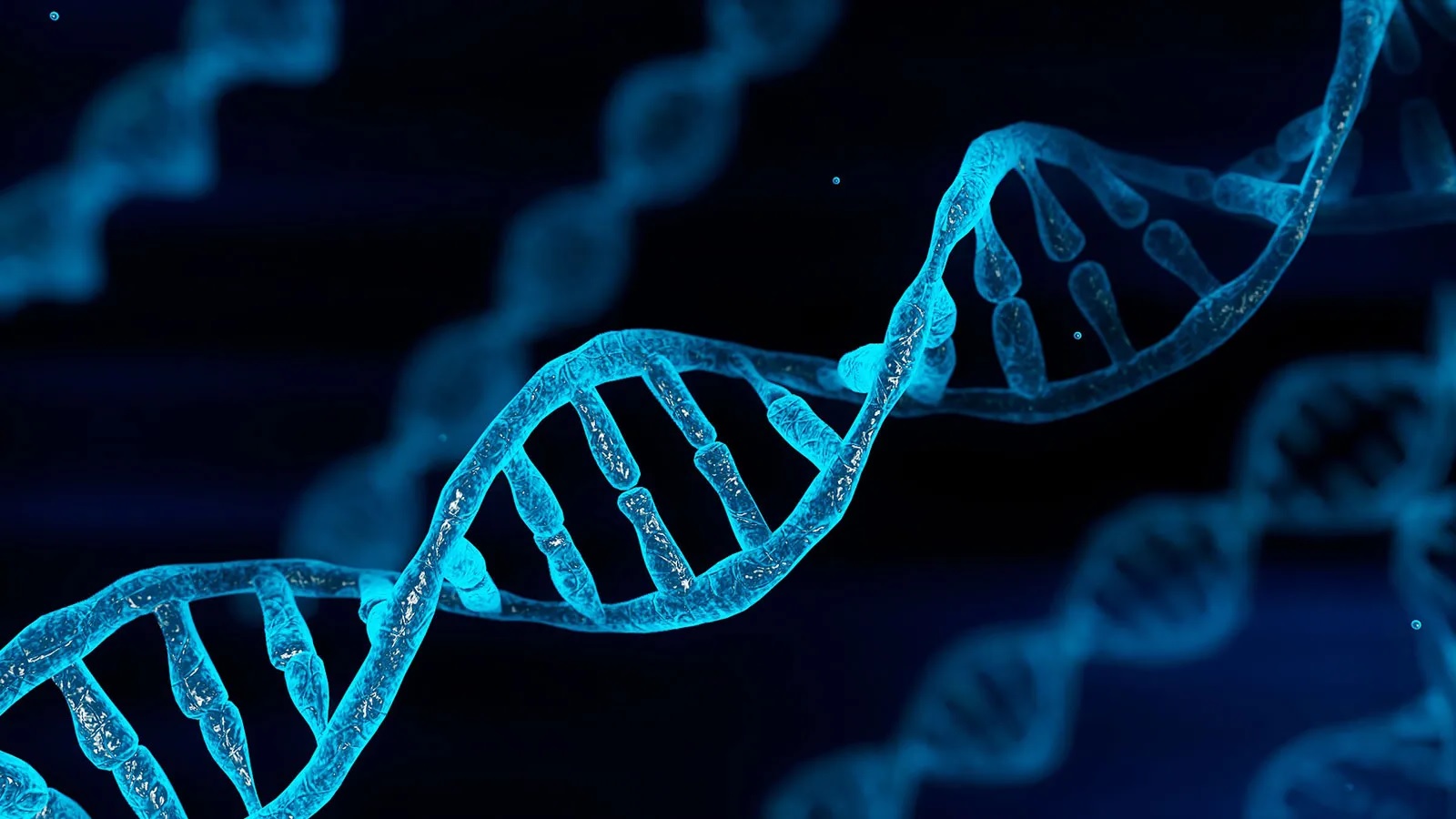
DNA is like a tiny instruction manual inside every living thing. It tells cells how to grow, what to do, and even what color your eyes will be. Did you know that if you stretched out all the DNA in your body, it would reach the sun and back over 600 times? That's just one of the many mind-blowing facts about DNA! From the way it helps solve crimes to how it can tell us about our ancestors, DNA is full of surprises. Kids will find these facts fascinating and fun. Ready to learn more? Let's dive into the world of DNA!
What is DNA?
DNA, or deoxyribonucleic acid, is the molecule that carries the genetic instructions for life. It's like a blueprint for building and maintaining an organism. Let's dive into some fascinating facts about DNA!
-
DNA is found in almost every cell of your body. Each cell contains about 2 meters of DNA if stretched out.
-
The structure of DNA is a double helix, which looks like a twisted ladder. This shape was discovered by James Watson and Francis Crick in 1953.
-
DNA is made up of four chemical bases: adenine (A), thymine (T), cytosine (C), and guanine (G). These bases pair up (A with T and C with G) to form the rungs of the DNA ladder.
How DNA Works
DNA contains the instructions needed for an organism to develop, survive, and reproduce. These instructions are found within genes, which are segments of DNA.
-
Humans have about 20,000-25,000 genes. Each gene provides instructions for making a specific protein that performs a particular function in the body.
-
DNA replication is the process by which DNA makes a copy of itself during cell division. This ensures that each new cell has the same genetic information.
-
Mutations are changes in the DNA sequence. Some mutations can cause diseases, while others can be beneficial and lead to evolution.
Fun Facts About DNA
DNA is not just a scientific concept; it has some fun and quirky aspects too!
-
If you could type 60 words per minute, eight hours a day, it would take about 50 years to type the human genome.
-
You share about 99.9% of your DNA with every other human. The 0.1% difference is what makes each person unique.
-
Humans share about 60% of their DNA with bananas. This shows how all living organisms are connected.
DNA in Forensics
DNA plays a crucial role in solving crimes and identifying individuals.
-
DNA fingerprinting is a technique used to identify individuals based on their unique DNA sequence. It is often used in criminal investigations and paternity tests.
-
The first use of DNA in a criminal case was in 1986, when it helped solve two murders in England.
-
DNA can be extracted from hair, skin cells, blood, and even saliva. This makes it a powerful tool for forensic scientists.
DNA and Evolution
DNA helps us understand the history of life on Earth and how different species are related.
-
All living organisms on Earth share a common ancestor. This means that humans, plants, and even bacteria have some DNA in common.
-
Mitochondrial DNA is passed down from mother to child. It can be used to trace maternal ancestry and study human evolution.
-
The Human Genome Project, completed in 2003, mapped the entire human genome. This has provided valuable insights into human biology and evolution.
DNA in Medicine
DNA has revolutionized the field of medicine and has led to many breakthroughs in understanding and treating diseases.
-
Genetic testing can identify mutations that cause diseases, allowing for early diagnosis and treatment.
-
Gene therapy is a technique that uses genes to treat or prevent diseases. It has the potential to cure genetic disorders by correcting faulty genes.
-
CRISPR is a revolutionary gene-editing technology that allows scientists to make precise changes to DNA. It has the potential to treat genetic diseases and improve crops.
Interesting DNA Facts
Here are some more intriguing facts about DNA that you might not know!
-
DNA can survive for thousands of years under the right conditions. This has allowed scientists to study ancient DNA from fossils and mummies.
-
The DNA in your body could stretch from the Earth to the Sun and back about 600 times.
-
Identical twins have the same DNA, but their fingerprints are different. This is because fingerprints are influenced by environmental factors during development.
DNA in Everyday Life
DNA is not just a scientific concept; it has practical applications in everyday life.
-
DNA barcoding is a technique used to identify species based on a short DNA sequence. It is used in biodiversity studies and to detect mislabeled food products.
-
DNA can be used to create personalized medicine. By understanding a person's genetic makeup, doctors can tailor treatments to their specific needs.
-
DNA storage is an emerging technology that uses DNA to store digital data. It has the potential to store vast amounts of information in a very small space.
Fun with DNA
Let's end with some fun and quirky facts about DNA!
-
DNA can be used to create art. Some artists use DNA sequences to create unique patterns and designs.
-
DNA can be used to create music. Scientists have translated DNA sequences into musical notes, creating unique compositions.
-
DNA can be used to create glow-in-the-dark plants. By inserting genes from bioluminescent organisms into plants, scientists have created plants that glow in the dark.
-
DNA can be used to create genetically modified organisms (GMOs). These organisms have been altered to have specific traits, such as resistance to pests or improved nutritional content.
-
DNA can be used to create synthetic life. Scientists have created synthetic organisms with entirely new genetic codes, opening up new possibilities for biotechnology.
-
DNA can be used to create personalized jewelry. Some companies offer services to create custom jewelry using a person's DNA sequence.
DNA: The Blueprint of Life
DNA holds the secrets of life. From determining eye color to influencing health, it’s a fascinating molecule. Understanding DNA helps us appreciate the complexity of living organisms. It’s amazing how tiny strands carry so much information. Scientists use DNA to solve crimes, study diseases, and even trace ancestry. Kids learning about DNA can spark interest in science and discovery. Remember, DNA is in every cell, making each person unique. Keep exploring and asking questions about this incredible molecule. The more we learn, the more we realize how much there is to discover. DNA isn’t just a topic for scientists; it’s a part of everyone’s life. So next time you wonder why you look like your parents or how traits are passed down, think about DNA. It’s the blueprint that makes life possible.
Was this page helpful?
Our commitment to delivering trustworthy and engaging content is at the heart of what we do. Each fact on our site is contributed by real users like you, bringing a wealth of diverse insights and information. To ensure the highest standards of accuracy and reliability, our dedicated editors meticulously review each submission. This process guarantees that the facts we share are not only fascinating but also credible. Trust in our commitment to quality and authenticity as you explore and learn with us.


